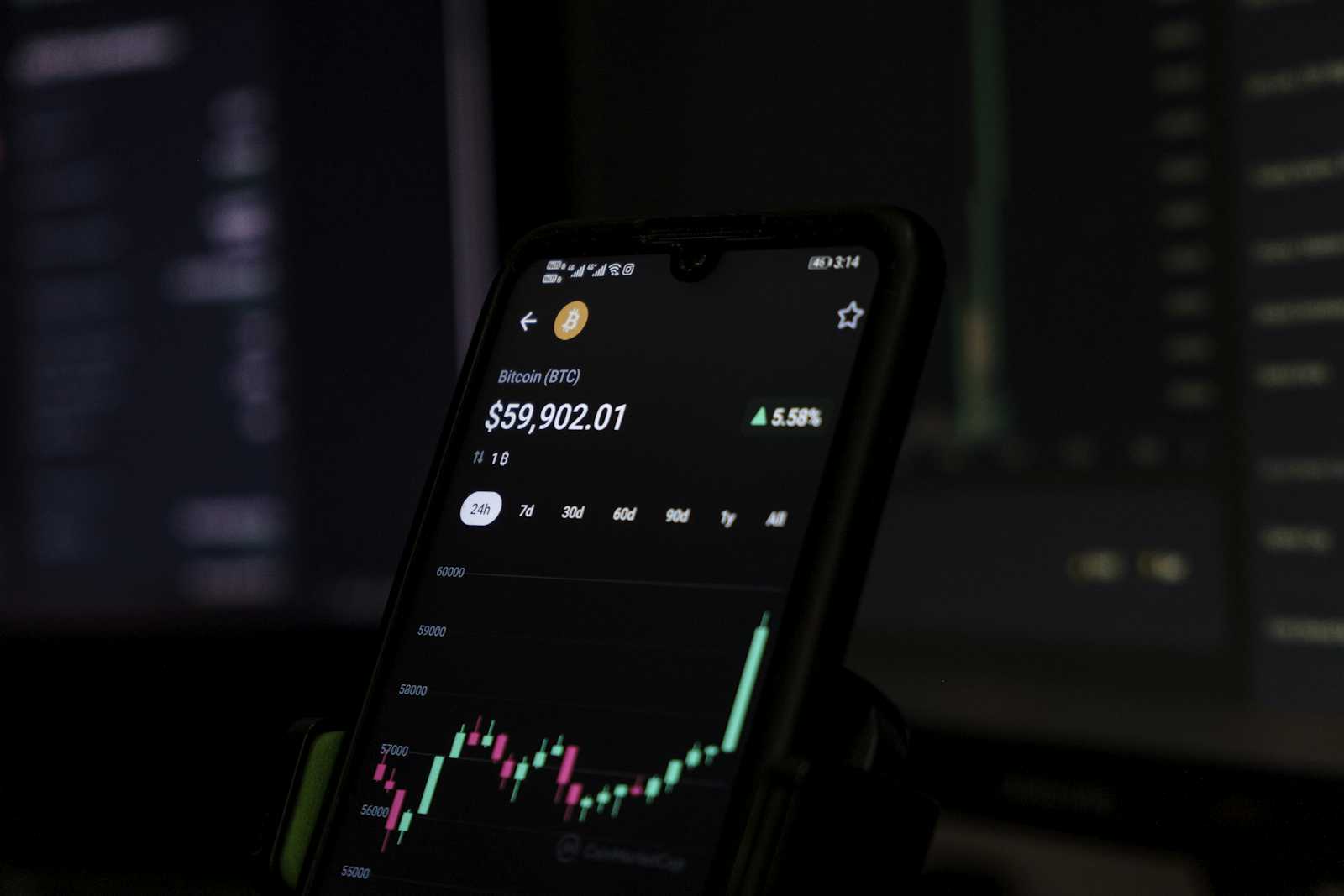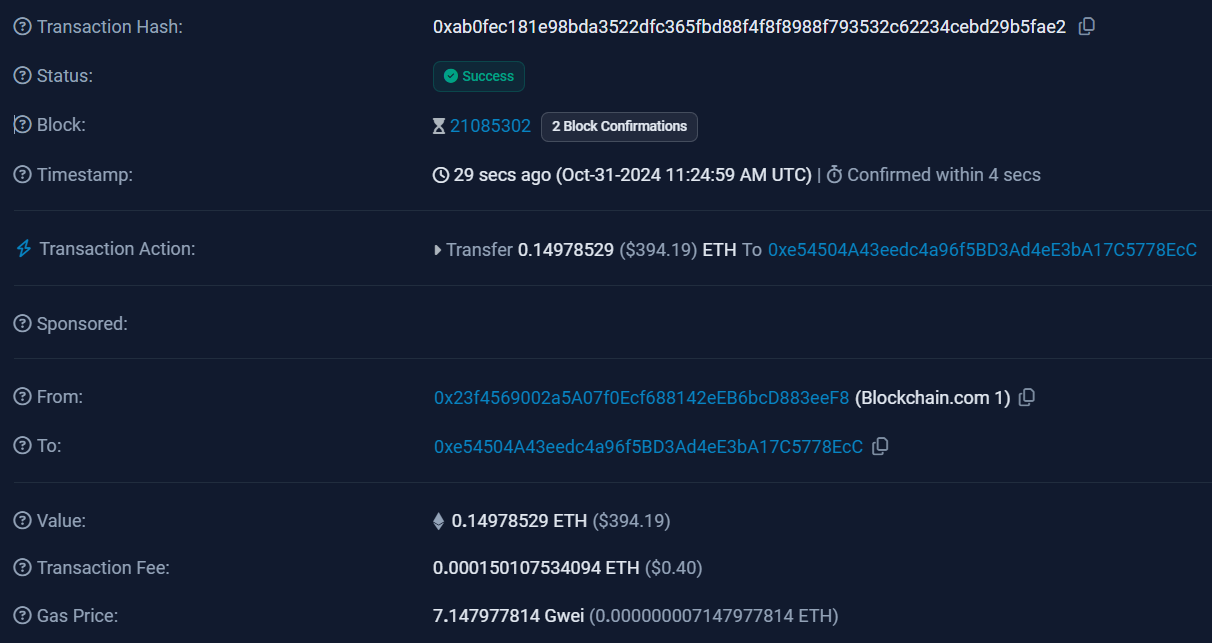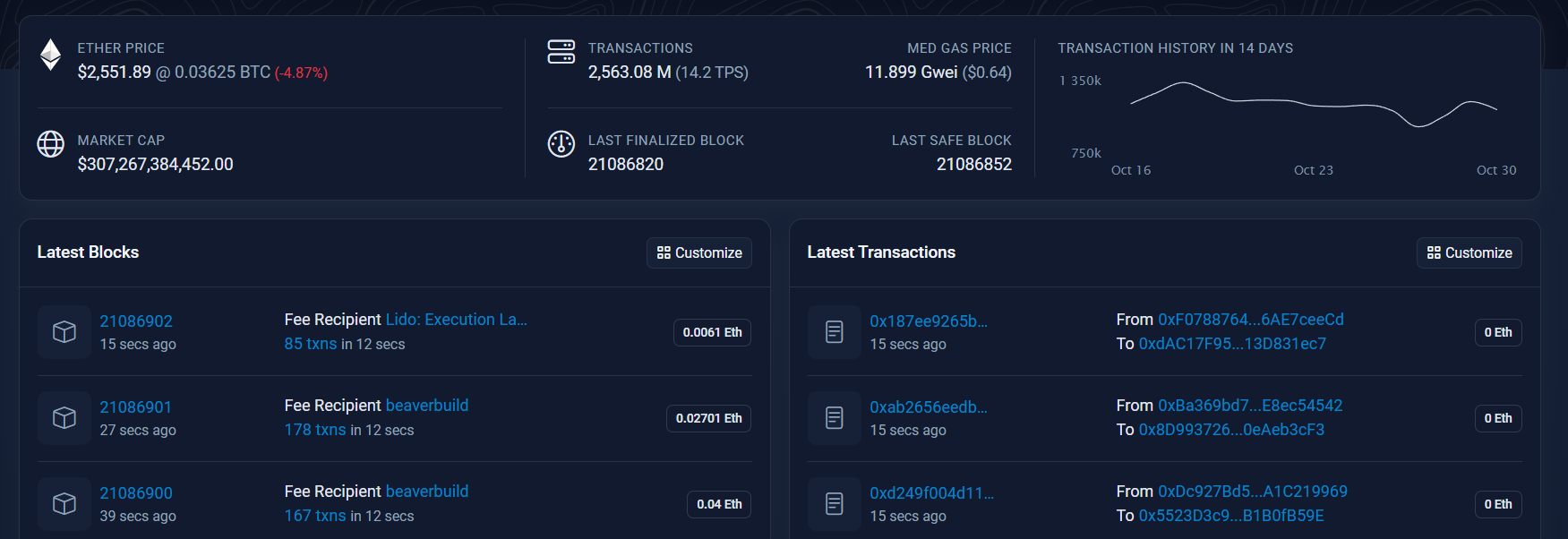Transactions Uncovered: Etherscan
 Hiyomi
Hiyomi
In this article, we will review terminologies in an Etherscan transaction. Let’s get started. Everything we do in web3 is a transaction.
The transaction, we are going to explore.


Transaction Hash
Transaction hash / TxHash is a unique identifier of 66 characters generated for every transaction. In the image above, `0xab0fec181e98bda3522dfc365fbd88f4f8f8988f793532c62234cebd29b5fae2` is the TxHash generated.
Status
The transaction details have a STATUS for the top-level call (initiated by the sender’s wallet). This top-level call triggers internal transactions (contract-to-contract calls) by smart contracts.

Success ✅️: The transaction was executed successfully. Eg. https://etherscan.io/tx/0xab0fec181e98bda3522dfc365fbd88f4f8f8988f793532c62234cebd29b5fae2
Fail ❌: The transaction encountered an error and reverted, maybe due to insufficient funds or execution errors. The gas fee will still be deducted. Eg. https://etherscan.io/tx/0x67ec3acc5274a88c50d1e79e9b9d4c2c3d5e0e3ba3cc33b32d65f3fdb3b5a258

Pending ⏳: The transaction is still being processed by the network and has not yet been confirmed. Eg. At this point, this is pending. https://etherscan.io/tx/0x218df11a3e70cb48a05d1f6bf537dbaa6dffac3942fcf0440f8f9d511eadb6f8

You can read further at Failed Transaction
Block
It is the block number in which this transaction is recorded. That block number references the number of transactions in the block. So it has a position in this block. (In the second image, `Position in Block`.
TimeStamp
The date and time at which the transaction is produced.
From & To
From - the public address of the sender’s wallet
To - the public address of the receiver’s wallet
Everything in the blockchain is transparent. Through this public address, we can see all the transactions (IN / OUT) of this user and even their ETH balance. Crazy right !!
Value
The amount that the sender wants to send to the receiver.
Transaction fee
Oh, there’s an extra price to pay, to transact on the blockchain. It is calculated in Gwei or ETH (ether - native cryptocurrency of the Ethereum network)
Gas Price = Base Fee + Priority Fee
Transaction fee = Gas Price * Gas used by transaction
The base fee is the amount of gas price at that moment of transaction. It increases/decreases based on demand(network conjestion) to avoid inflation.
Priority fee is the extra tip that the sender would add. As its name says, more priority fees, and faster transactions. It is paid to the validators who participated in the consensus to approve the blocks.
According to the complexity of the transaction (computation, execution, and validation of the transaction), the amount of gas used is computed. Sending ETH has lower amount of gas usage as compared to minting an NFT.
So the actual cost you have to pay for a transaction = Transaction fee + Value
Gas Limit & Usage by Txn
Gas Limit is the amount of gas provided for this transaction, and usage is how much gas is used. If this usage exceeds the GAS LIMIT, the transaction will fail.
Burnt & Txn Savings Fee
Burnt fee 🔥 = total amount of ETH burned from this TXN. It is removed from the network forever as part of Ethereum's EIP-1559 fee mechanism. (to reduce the ETH inflation)
Txn saving 💸 = Total amount you were willing to pay - amount that was used actually.
Other Attributes
Nonce = represents the number of transactions from that address. to prevent replay attacks.
Input data = it can contain extra info that the sender might wanna send like function calls for smart contracts.
Wrapping Up
Well, it was quite a lot, of crazy mind-blowing terminologies. But as we transact we should know what they mean. And there’s always so much more to know about it. Until next time.
Spoiler: Next time we will talk about Layer2 and bridges.
Last Note
If you made it here, congratulations!! Have a nice day, stay healthy, and stay curious.
Thanks to #SheFi for their amazing sessions and for spreading the word about web3 and blockchain and getting me so excited about what new technologies could bring.
Until next time!

Subscribe to my newsletter
Read articles from Hiyomi directly inside your inbox. Subscribe to the newsletter, and don't miss out.
Written by

Hiyomi
Hiyomi
I am a self-learned developer exploring new techs and trying to simplify concepts while doing fun projects, in my favorite language: python :)